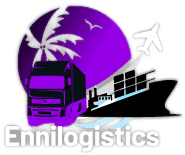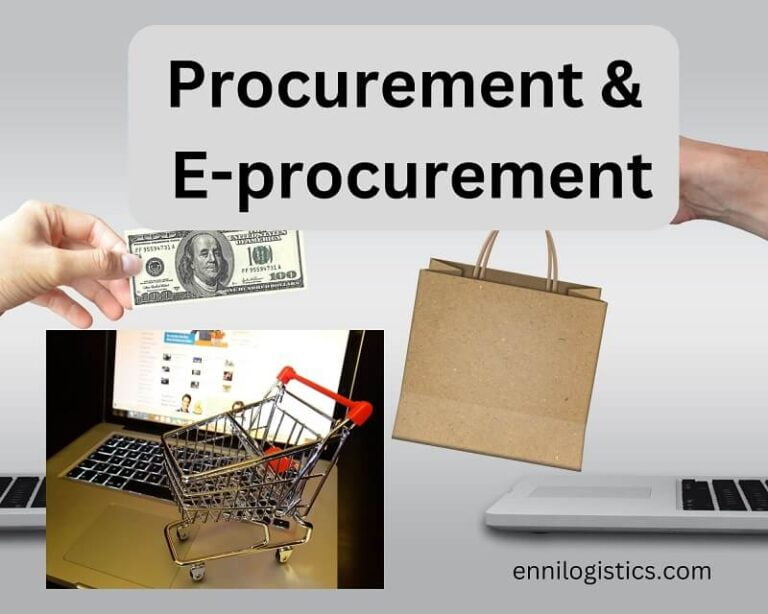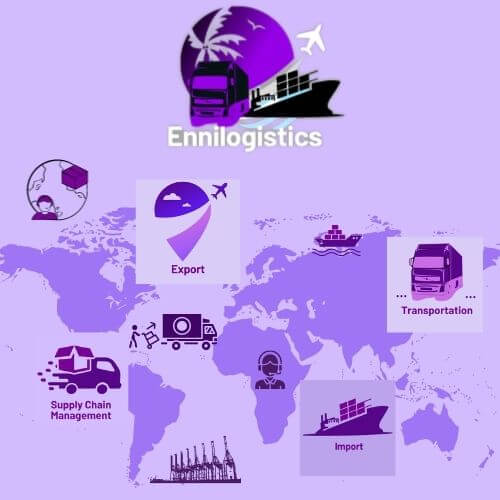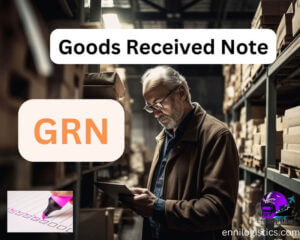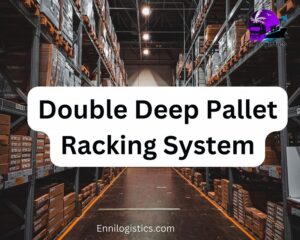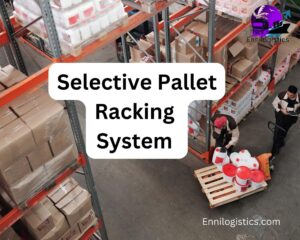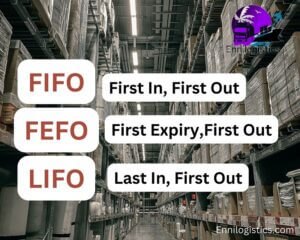We can say procurement is a major function of a supply chain or company. Because every company definitely buys goods and services. Type of the goods and services varies from company to company. But the process of procurement is the same. In this blog, we are going to identify procurement and e-procurement.
What is procurement?
The simple meaning of procurement is related activities that are involved with the buying of goods or services. Such as negotiation, sourcing, receiving, and record keeping. Actually, procurement is the process of identifying or request from the requirement of the good until the goods are received at the warehouse process involved the procurement process ends with the record-keeping of the receiving goods.
How to procurement help the efficient supply chain?
Supplier selection and supplier handling process.
Decision-making at the point of manufacturing and production.
Partnerships making with suppliers.
Monitoring and controlling supplier services
Ordering goods and inventory maintenance
Procurement process
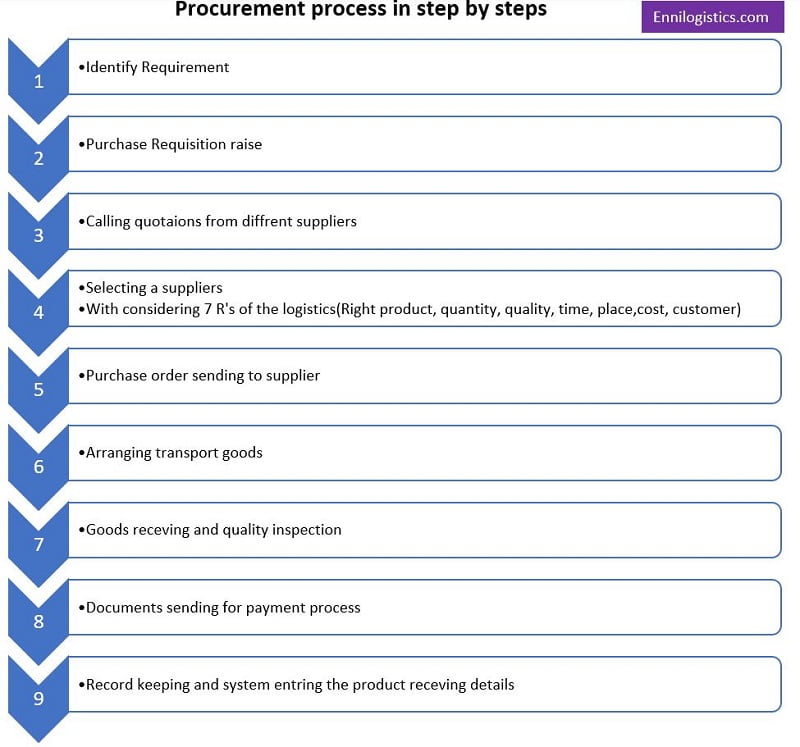
- Firstly need to identify product or service requirements from the customer or internal department or division(sales and marketing, commercial or trading)
- Generating a purchase requisition (PR) or order requisition(O/R) for the relevant department or division at the company
- Order/purchase requisition includes the important details regarding the order(Description of the product, Quality, Quantity, and Relevant HS code include in imports)
- when receiving or approving the purchase or order requisition form to the procurement department. Now is the time to start the procurement process.
- When a purchase requisition is received in your hand you need to check that it has approval, need to identify the good which is mentioned.
- Then you need to start finding a supplier or vendor. for that, you need to identify order requirements for goods or services.
- If need goods or services is frequently ordering good or products. Your company may have selected a supplier list. According to that you can select the suppliers and send requests for quotations.
- After receiving quotations you can finalize your supplier. According to product availability and cost quality and other conditions may in to consider. when you are selecting the right supplier you need to consider 7 R’s of logistics.(right quality or condition, right quantity, right price or cost, right place, right customer, right time)Tenders and bidding call for high-valued procurements.
- After the selection of a supplier or vendor sends a purchase order to confirm the order.
- Then you need to arrange payment and transportation coordination with supplier and logistics providers. When importing goods payments and transport arrangement is depends on the delivery term(incoterm) and payment terms.
- After the goods are received at the warehouse or company premises need to check the quality of the products, which means need to inspect damaged items or other wrong conditions goods or items. If there are unusable items or not in the right condition items need to arrange returning items to the supplier.
- If goods or items are in the right condition or right quality with the right quantity you can accept the warehouse and store them in the right places while need to record receiving goods in a system.
- If it is not an advance payment shipment you need to arrange payment for the supplier and may you have to pay transport and logistics providers, so need to arrange those payments also. Most of the company’s payment process is done by the accounts department. Therefore you need to hand over relevant shipment documents to the accounts department. Such as commercial invoices, purchase orders, packing lists,s, etc.
- Finally, you need to update your recording of the purchased shipment details to your company ERP system or WMS system, or any other system used by your company.
The purchase order includes below details,
- Description of the goods or services
- HS code(when purchasing from a foreign country)
- Quantity of the products
- name of the supplier
- name of the consignee
- Authorized signature
- date
- purchase order number
The procurement team’s responsibility is purchasing goods or services of the right quality and right quantity at a lower cost and at the right time. (considering the 7 R’s of the logistics)
what are the main types of procurement in a company?
- Direct procurement-This type of purchase is directly involved in the company’s manufacturing process. such as raw materials, and packing materials.
- Indirect procurement-This type of purchase does not involve day-to-day company operational activities directly. Such as equipment maintenance, office supplies, and consulting services.
- Goods procurement-Buying products or items.
- Services Procurement-Buying services. Services are related to humans, Such as contractors, security services, and legal advice services.
What are the documents handling the procurement process?
Purchase requisition or order requisition
Purchase order
Quotations
Order receipts
Invoice
Packing list
delivery order
Procurement
Example: Manufacturing Company Procurement Category
Now we are going to explain how the procurement department work in a manufacturing company. Basically, every company’s procurement items categories are the same as the below charts.

Every company needs to buy fixed assets or capital expenditure items. It is divided into two parts they are local and foreign purchases.
Another category is items to be purchased for day-to-day operational activities. Such as Raw materials, Packing materials, Engineering, and machinery items. Most of the time engineering items are for maintenance purposes.
Item category for procurement in Manufacturing Company
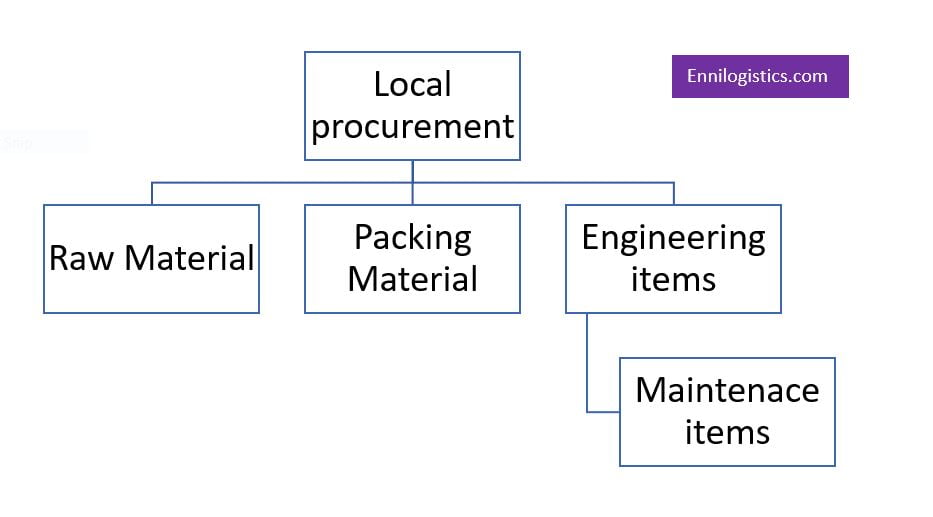
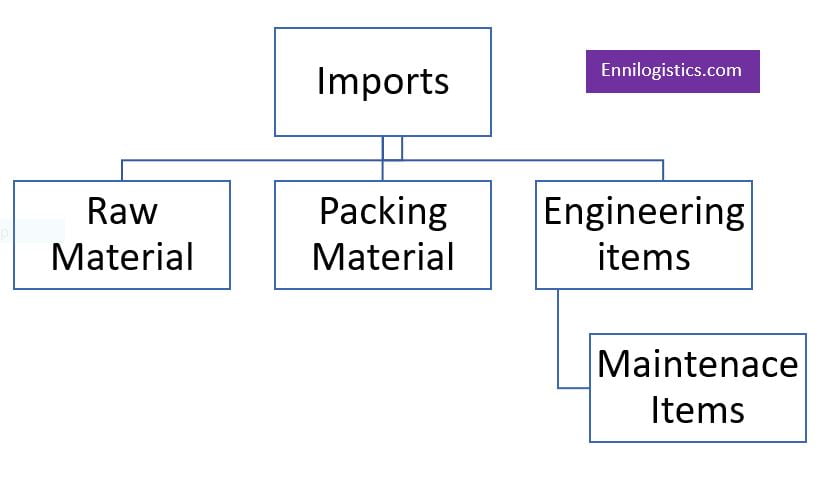
What is e-procurement?
E-procurement meaning is electronic procurement. Another name for e-procurement is the supplier exchange system. The main purpose of e-procurement is buying goods or services from the online or internet and internet-based networks such as ERP systems, EDI(electronic data interchange)
Most ERP systems are providing special software modules for e-procurement.
What is E-procurement software?
E-procurement software is a digital platform for the procurement process. it is an optimized flow of the procurement process. With using the procurement software you can buy and sell the products through an automated digital system. And also all the key functions of the procurement process are included in e-procurement software.
Next, we will identify the benefits of e-procurement software.
What benefits of e-procurement software?
Minimize the cost
Traditional paperwork elimination means a reduction of a lot of papers and other stationaries. So you can save a lot of money. Traditional documents need to keep in a secure place so record keeping is costly to a company. Space and security methods for document keeping cost to the company. If you use e-procurement software no need to place to store documents it has good data-based which can easily access. It means you can avoid some of the unnecessary costs in the traditional procurement process.
Productivity increasing
E-procurement software can automate a lot of tasks manually. So you can reduce labor time. It means you can save labor costs also. On another hand, the end of the day time is the money for a company. So time savings means saving money for the organization. While productivity increase throughout the procurement process in a supply chain.
Protect your company details and privacy
The automated system can store data in a highly secured by creating limitations on the access to sensitive data of the company. For examples for sensitive data are quotation rates, pricing, vendor list, and other cost and profit-related data.
Transaction visibility can be increase-you can do multiple tasks at one time without occurring any hassle, by using a procurement system. So it will create good visibility of the though key activities of the procurement by updating real-time information.
Better management of vendor
by using e-procurement software you can easily store and update vendor selection databases. It is convenient for the procurement department and team members. Because no need to remember a lot of details and feedback and important details of the vendors. you can reach the latest updated real-time data of the vendors. So the procurement team to easily track and trace your vendor.
Eliminating time for getting approvals
most of the time approval process is the bottleneck of the procurement process. for the start the procurement process initially needs to get approvals from the internal departments or persons. There are delays associated with getting approvals. But e-procurement systems can avoid such situations because many people can reach the system and data at one time. And also you can create e-authorization signatures for approvals. It will save a lot of time in the approval process in procurement.
Reduce error rates
if there is an error related to documents and data, may you have to use a lot of time checking the error. It is unnecessary time-wasting. e-procurement system avoids data duplication. Documents and data tally processes are also easy and efficient with the system.
Avoid duplicate payments and delays of invoices.
Reduce the risk associated with procurement.
Top E-procurement software examples
Coupa – E-procurement software
SAP Ariba(E-Procrement Software)
Basware: E-Procurement Software
Related posts you may like to read,
World Famous Top 3 E-Procurement Software In 2023
Why ERP System Is Important? 12 Reasons, 7 Success Stories
